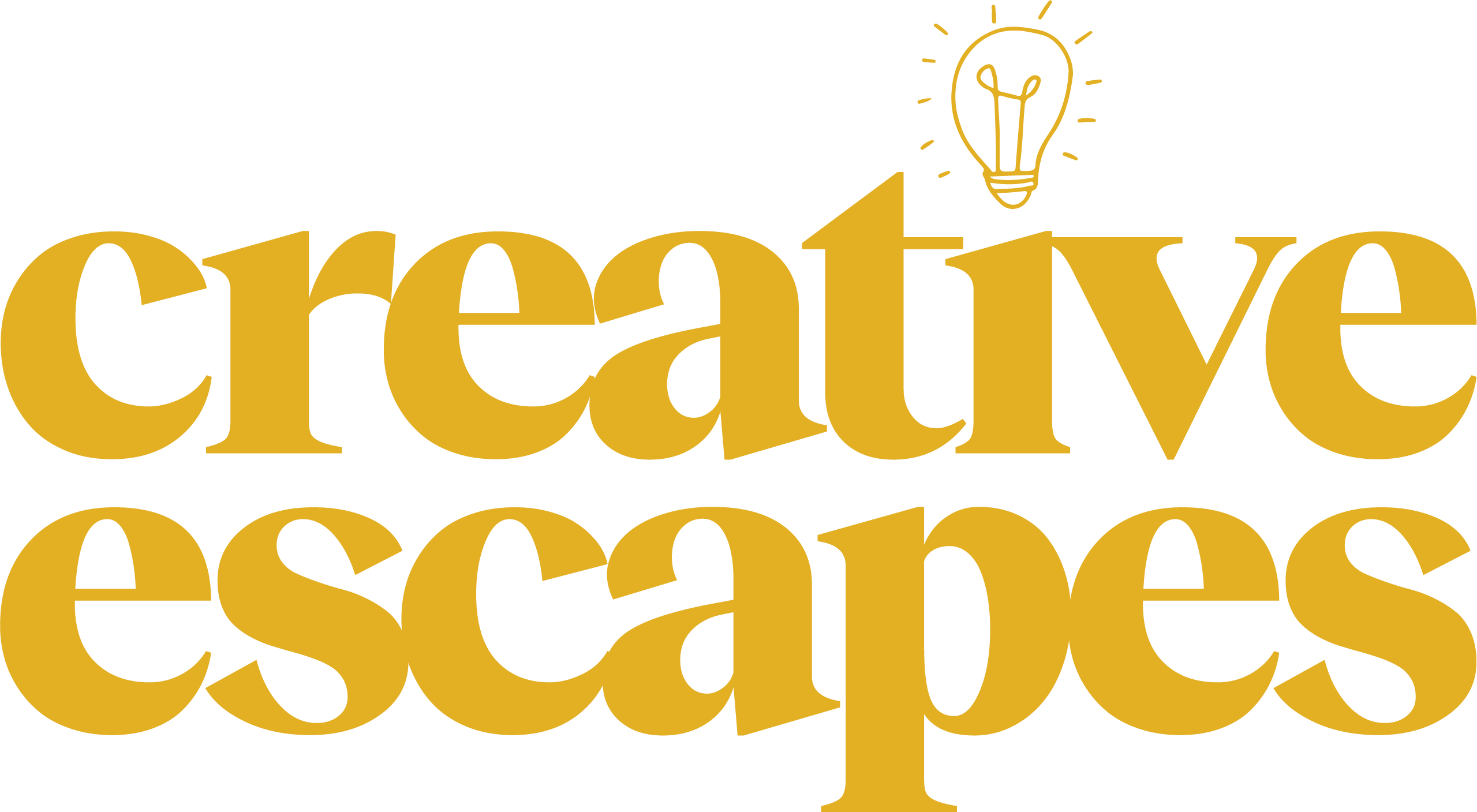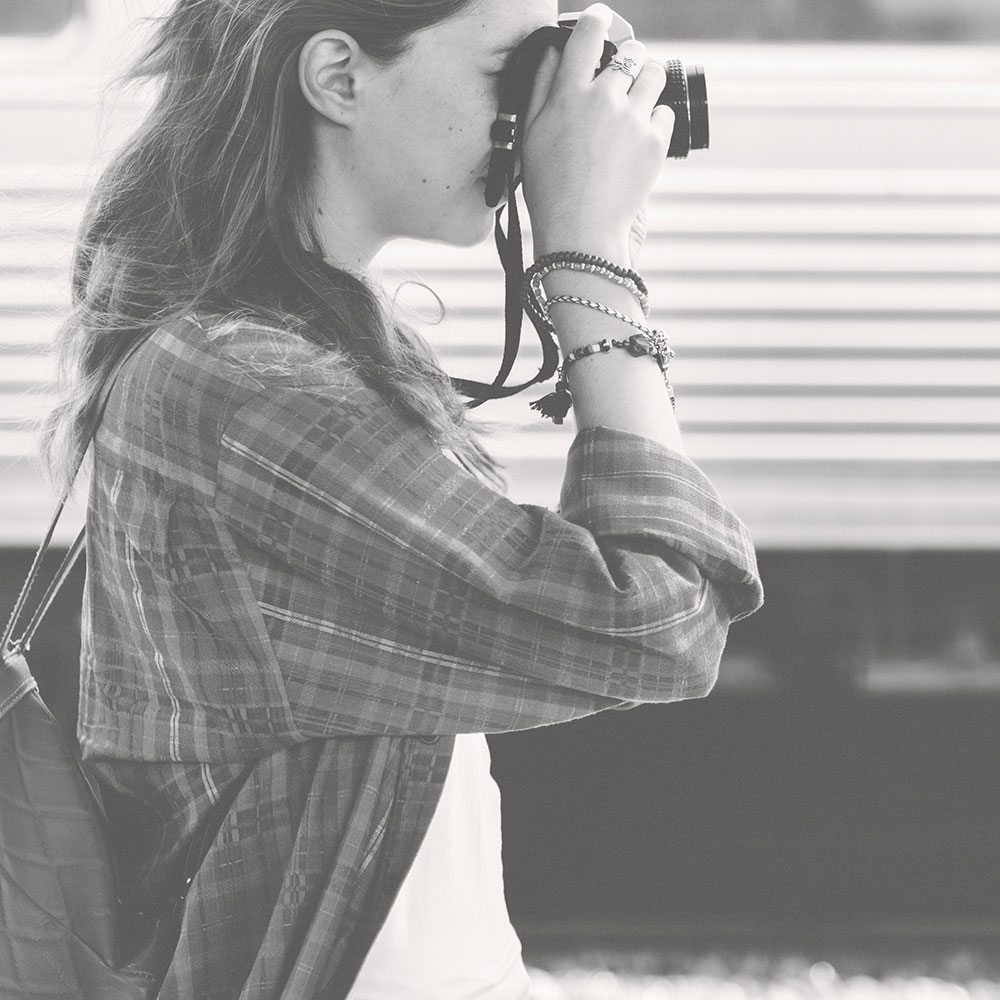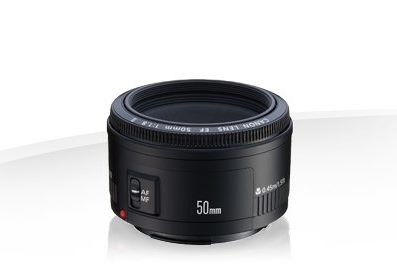Shoot Trump
Live Photojournalist Workshop at Major Demonstration
London – 13 July 2018 – 4pm – 10pm – £95
Over 100,000 people turned onto the streets of London in February 2017 to demonstrate about Donald Trump. From Grosvenor Square, home of the US Embassy, crowds of protesters filled every street, echoed chanting turning the usual quiet streets of Mayfair into one big melting pot; the eventual march down to Trafalgar Square stretched over 2 miles.
On 13 July 2018, Trump will make his first state visit to the UK – and one of the largest demonstrations in history will be held. We’ll be there to shoot him – and in turn learn the art of great photojournalism – trying out some professional skills that have made front page images for generations.
We’ll meet up way before any of the action, and give you a quick lesson on what kit to use, where to stand and how to engage and more. There’ll be a review of images that made the front pages in the last protests, and we’ll give you individual tips on how to get shots just like it. Then to prepare you to shoot amongst the throng, we’ll help you get close, capture the emotion of the day, recognise memorable scenes and making sure you don’t miss them, plus bag all the fanfare of hilarious signage, great costumery and a damn good protest only we know how.
So come join us – places are strictly limited as we do lots of 1-on-1 tuition – and capture some shots that will make the front pages worldwide. We’ll even submit the best of the day to the news wires and hope it’s our name on the footer.
Photos tend to organize chaos, to define what we're doing here. It is essential that individuals' voices depict the world around us, as we are increasingly controlled by large institutions, large companies and large systems.
— Martin Parr
What you'll learn ...
All too often, pictures of protests tend to be taken far away, lack focus and impact. On our workshop, we’ll give you all the skills you need to take professional quality images you won’t believe you could take. Specifically, we’ll
- Guide you inside the protest and show you how to position yourself to get the best shots
- Give you techniques on how to be invisible; so you capture authentic scenes with plenty of emotion
- Learn how to predict what will happen, and zone in on the most memorable scenes of the demonstration
- Equip you with tons of great (and bad) examples of protest photography, so you aim high and shoot the best work you can
- Pre plan your kit list, which lenses work best, using fill flash and all the technicalities so you’re concentrating on the shot, not your f stop
- Work with you 1-on-1 during the demonstration to give you tailored tuition, review your work on the fly and suggest improvements
- Have a final review of your best shots afterwards with a glass of something cold
"It takes a lot of imagination to be a good photographer. You need less imagination to be a painter because you can invent things. But in photography everything is so ordinary; it takes a lot of looking before you learn to see the extraordinary."
— David Bailey
How to book ...
Since most of our tuition will be live, we’ve only got limited spaces for the day. If you want to join us on this historic day, simply click the ‘BOOK NOW’ button below – or if you have a question, click the ‘MAKE ENQUIRY’ – or drop us a line to inbox@creative-escapes.co.uk and we’ll get straight back to you.
Remember almost all of the techniques we’ll show you aren’t techy, so if you haven’t used your camera in a while, no worries! You’ll still get great shots!
Which lens should I buy?
In the seventies it was easy. There were only a few camera bodies – Nikon, Olympus and Canon – and a handful of lenses per company. All delivered incredible results. Job done.
Unfortunately, no-one really bought them. So in 1987, Canon (and Nikon) decided to do something about it. They launched the EOS range, a range of cameras that looked less techy, easier to use, with rounded corners and plenty of auto buttons that could take the head scratching out of the equation. Sales picked up. And once digital came along, they couldn’t make them fast enough.
Inevitably, in the early naughties, during this purple patch, the beancounters came in and took a look around and see where profits could be increased even more. And their eyes settled on the lenses. “Let’s bundle a crappy lens with a body and sell it for more”, they said. And so the kit lens was born.
And this trick worked for over a decade, until the bloggers and vloggers got in on the act and started calling them out. Even today, not much is different. If you hold one of these vintage, manual focus, all metal stunners in one hand, and a light-as-air plastic tube in the other, you’ll see what we mean.
But hope is alive and kicking. There are some great options in between the chasms. In this guide, we’ll try steer you out of the grasp of the latest deal in the airport Dixons, and bring you safely to land with some quality glass that will do justice to your camera.
If your photographs aren't good enough, you're not close enough
Robert Capa
Tip No.1 : Know what you’re buying
First, let’s whizz through the lens types in the most pain-free way possible. And it’s all linked to our eyes. The focal length of the eye is 50mm. We call this a Standard. So any lenses with focal length lower than 50mm, which shows a field of view wider than our eyes can see, is called a Wide. Conversely, focal lengths over 50mm show a narrower and a magnified field of view. These are called Telephoto.
So what? I hear you ask. Well, if you’re planning to take a dynamic shot of your son scoring an overhead kick in his footy final, a Wide lens isn’t going to cut it – from the sidelines he’ll appear as a speck in the middle of lots of mush. Taking a big long Telephoto to a viewpoint above the Grand Canyon is only going get you a rock, not the epic panoramic scene all around you.
So broadly (although rules are made to be broken) wide lenses are good for landscapes, street scenes, standard for portraits, still life, food, that kind of thing, and telephoto for sports and things so far away you can’t manage to get there.
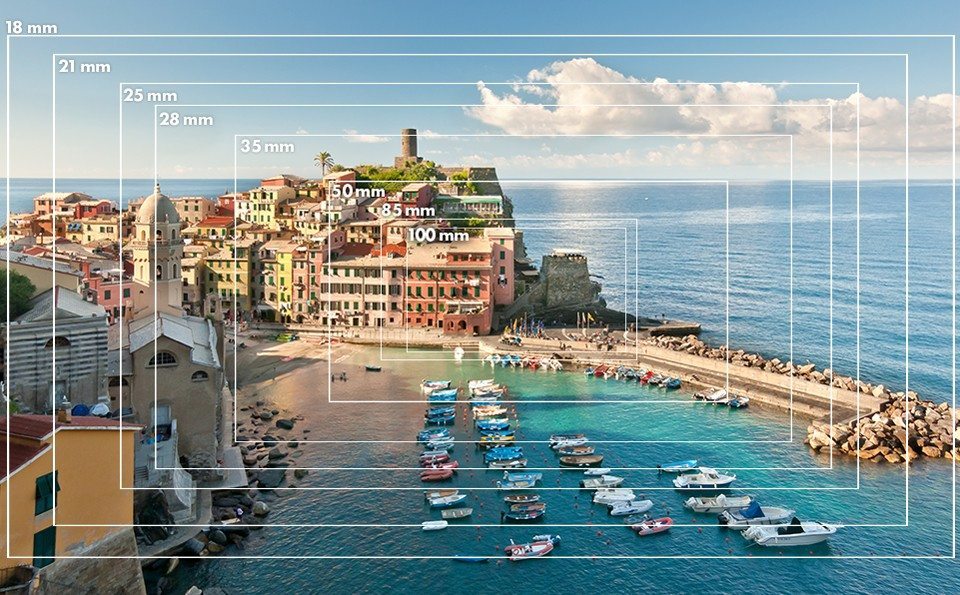
Tip No.2 : Buy prime
So we’ve got an idea of what’s what. And ready to spend some money. You’ve found a lens that covers wide, standard and telephoto, for not much cash and to boot will save you all the hassle of changing them over and so on.
Unfortunately, this is a trap. As we mentioned in another post on buying cameras, everything on the market is pretty damn good. But put a crappy lens on the front of your shiny new megapixel-wonder and you’re taking it’s legs away.
Those same beancounters who decided to add kit lenses onto the ‘deal’, also came up with all-in-one zoom lenses. Built from flimsy plastic, wafter thin glass and sticky tape – yes, some are better than others, but in the main, they should be used as book stoppers on your shelves, or burnt to death. They are crap. Anything that reads 18-300, 28-200 and so on. Sell.
If you’ve got a spare £500+, by all means buy a zoom, but make it a smaller range, e.g. 24-70. They’re not anywhere near as bad, but there is a Plan B that will cost less and improve your photographs at the same time. That plan is Prime.
Prime lenses are fixed focal lengths, e.g. 50mm, 28mm, 100mm etc. And the difference? Unlike their estranged all-in-one cousins, the colours ‘pop’, your subjects look three-dimensional, and they are oh-so sharp. But that’s not the best thing about them. You see, if you’ve ever used a big all-in-one-zoom, inevitably you get lazy. Cross the street to get closer to the action? Move a little higher so you can get a better vista? Nah. Just crank up the zoom and you can do all your shots from a single position.
But with primes, you decide on the shot, look through the viewfinder, and because you can’t zoom in, you decide you’re not close enough. By getting closer, you notice more, your images become more richer, detailed and interesting. It’s a win-win.
However, that’s still not the best thing about them. That is the price. A Canon 50mm f/1.8 STM, which produces lovely colours, super sharp and that lovely blur in the background. Yours for £78. The Nikon equivalent? £84. Sure, some of the other focal lengths are a tad more, but it’s a great place to start.
And your camera will be forever grateful.
Tip No.3 – Go retro
In a few years, you’ll have worked out exactly what kind of pictures you’d like to take, and have the best kit that suits you. Having taught thousands of budding photographers over the years, and blessed to see them time and time again on our holidays, we’ve noticed one thing about kit. The lens collection they start with isn’t ever the one they end with. There is an obvious trend to head out and buy a lens for all purposes (helped in part by the enthusiastic camera shop employee) – because ultimately what we need to do in the early years is try out everything, then decide which bits you like and which bits you don’t – so how else can we do it?
Hopefully, we’ve managed to persuade you to walk past the zoom-section in store. But you still need lenses, to practice, to work out whether you like it, right? Our 50mm recommendation in the last section is a no-brainer (and will still be in your bag come the end, trust us). So you’ve got one lens.
You could rent, but it’s expensive and time consuming. Borrow one, but you’re not going to get long. So our suggestion is go retro. As we mentioned, those lenses in the seventies were super well built, sharp as hell and lovely colours. eBay sells them in droves for around £40 a pop. They also sell adaptors too for under a tenner; email us if you get stuck, but there are plenty on there. So for £50 you’re getting a top lens used by pros and sold for £500+ back in the day. OK, they are not autofocus, but does it matter? Once you’ve decided whether you like it or not, you can sell back for the same money and buy the autofocus equivalent.
